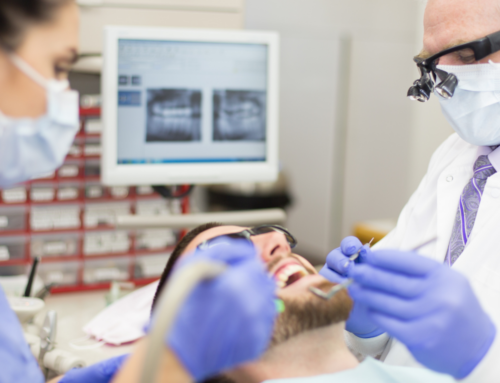The dermatology landscape is evolving, and one significant change is the increasing frequency of practice acquisitions within the field. Dermatology practice acquisitions involve one practice being purchased by another entity, often a larger healthcare organization or a group of investors. If you’re a dermatologist or a stakeholder considering practice acquisition, this blog post aims to answer some frequently asked questions to provide clarity and insights into this process.
1. What Is a Practice Acquisition in Dermatology?
A practice acquisition, in the context of dermatology, refers to a transaction where one dermatology practice is bought by another entity, which could be a healthcare system, hospital, private equity firm, or another dermatology practice. The goal is to integrate the acquired practice into the acquiring entity, often with the aim of expanding services, patient reach, or efficiency.
2. Why Would a Dermatology Practice Consider an Acquisition?
Dermatology practice acquisitions can provide several benefits, including increased financial stability, access to resources, improved operational efficiency, expanded patient base, and enhanced negotiating power with payers and suppliers. Additionally, it can allow for better adoption of technology and integration of specialized services.
3. What Factors Drive the Decision to Acquire or Be Acquired?
For the acquiring entity, the main factors driving acquisition decisions include growth strategy, market expansion, access to new technologies, and achieving economies of scale. On the other hand, practices being acquired often consider financial stability, access to resources, and the ability to focus more on patient care as key drivers.
4. Will My Practice’s Identity Change After an Acquisition?
The extent to which your practice’s identity changes post-acquisition varies. Some acquisitions involve maintaining the acquired practice’s brand and identity, while others may integrate it under a new or existing umbrella brand. This decision typically depends on the acquiring entity’s strategy and the specific terms of the acquisition.
5. What Happens to Existing Staff and Patients?
In most cases, the acquiring entity aims to retain existing staff and patients. Transition plans are often carefully devised to ensure a smooth integration process, minimizing disruptions to patient care and staff morale. Communication and transparency are key during this transition.
6. Will I Maintain Clinical Autonomy and Decision-Making?
The level of clinical autonomy post-acquisition varies based on the terms of the acquisition. Some acquisitions allow dermatologists to maintain a significant degree of clinical autonomy, while others may involve more centralized decision-making. It’s crucial to discuss these details during negotiations.
7. What Steps Should I Take if I’m Considering an Acquisition?
If you’re considering a practice acquisition, start by evaluating your practice’s goals and objectives. Seek legal and financial guidance to understand the implications fully. Engage with potential acquiring entities, discuss terms, and ensure alignment with your practice’s vision and values.
Conclusion
Dermatology practice acquisitions are becoming increasingly prevalent, offering opportunities for growth, improved patient care, and enhanced operational efficiency. However, it’s crucial for both the acquiring and acquired parties to navigate this process thoughtfully, considering the implications and aligning their goals. If you’re considering a practice acquisition, thorough due diligence and open communication with all stakeholders are key to a successful transition that benefits everyone involved.
Visit Practice Advisor 360 for more insights and guidance on this critical topic.
Website: www.practiceadvisors360.com
Call Us: (844) 360-8360






